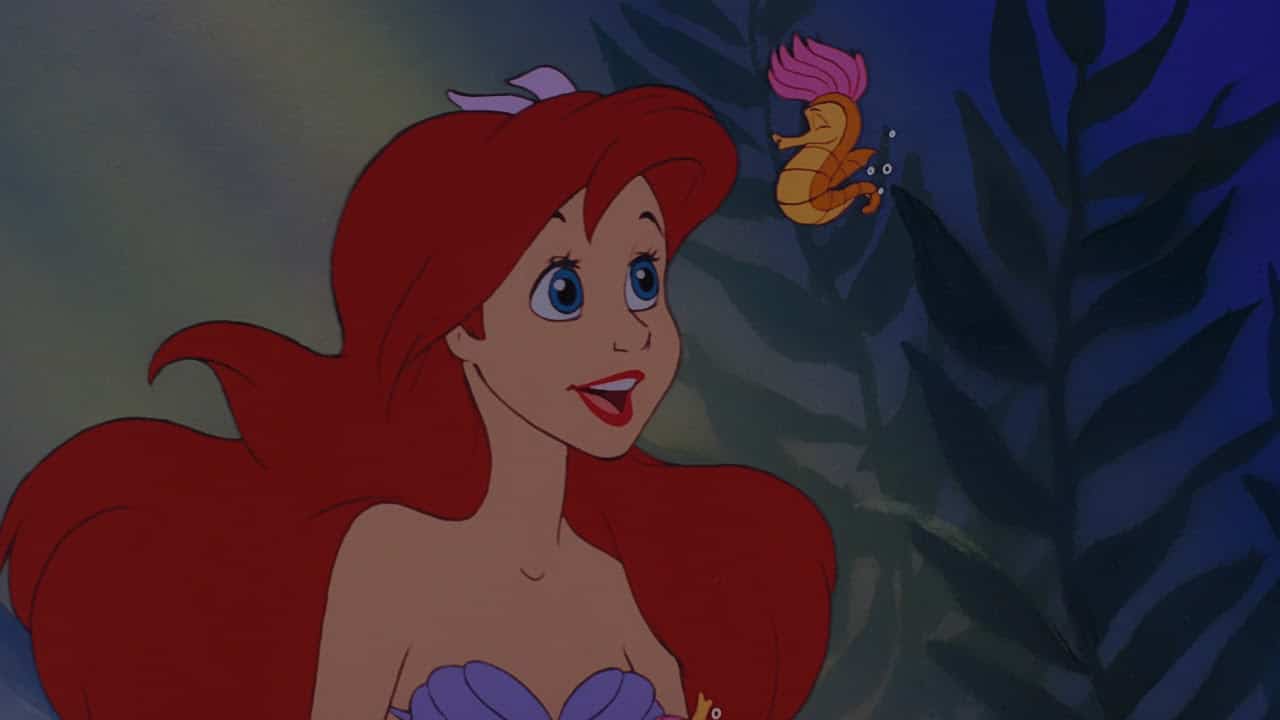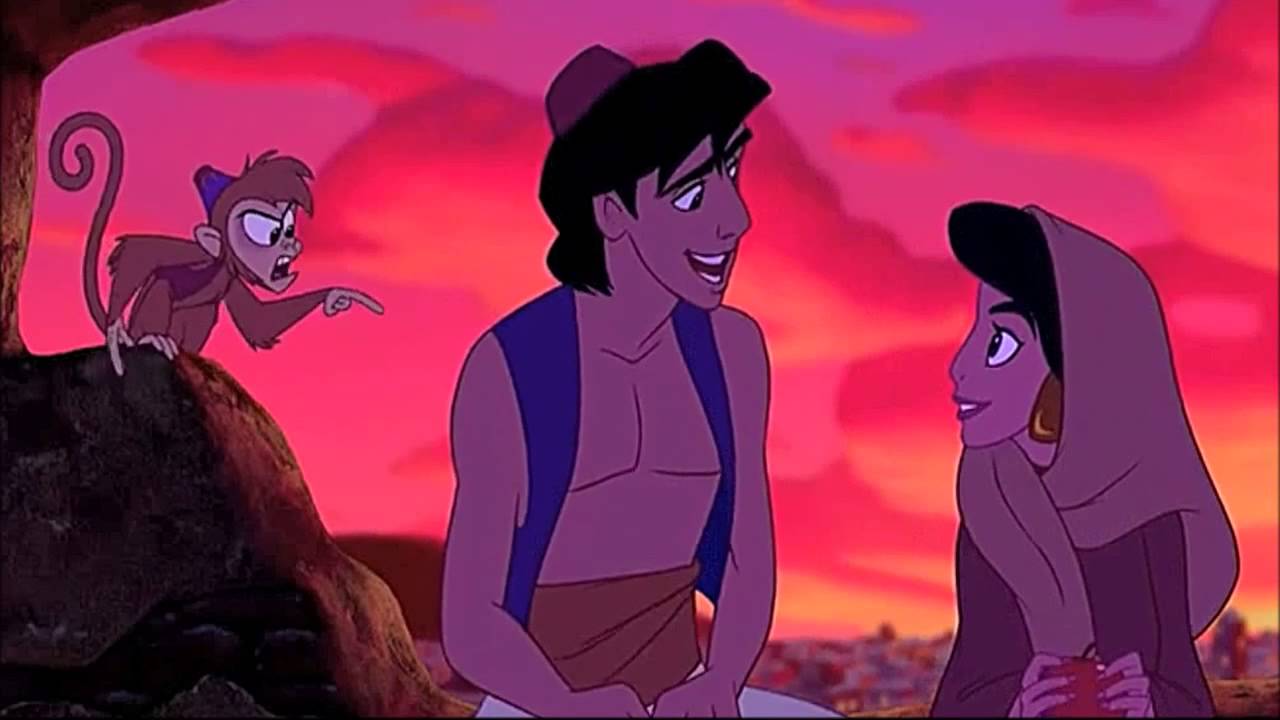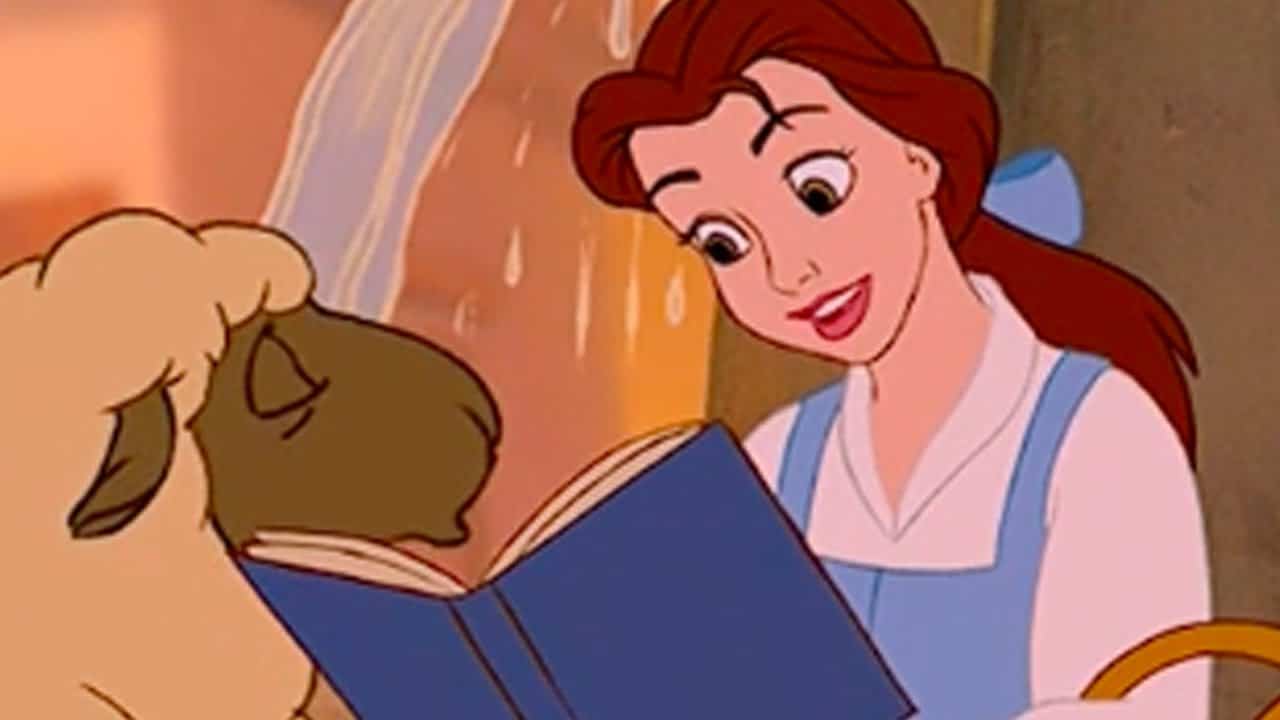The Disney Renaissance refers to an era of revitalization for Walt Disney Animation Studios, spanning roughly from 1989 to 1999, during which the studio returned to producing critically acclaimed and commercially successful animated films that were mostly based on well-known stories. This period is seen as a golden age for Disney animation and is celebrated for its significant impact on entertainment, technology, and culture.
Origins and Context

The Little Mermaid (1989)
The late 1970s and 1980s were challenging times for Disney’s animation division. The studio was struggling with a series of commercial flops and a sense of creative stagnation. Disney had lost its way from the pioneering success of its early days with movies like “Snow White and the Seven Dwarfs” (1937) and “Cinderella” (1950). The departure of Don Bluth and other animators who left to form their own company in 1979 further impacted the studio’s morale and creative output.
The turning point came with the arrival of new leadership. Michael Eisner became CEO of The Walt Disney Company in 1984, with Frank Wells as President, and Jeffrey Katzenberg taking charge of the film division. They, along with Roy E. Disney (nephew of Walt Disney), initiated a series of changes that would revitalize the studio. The Renaissance period unofficially began with “The Little Mermaid” in 1989, which marked a return to the traditional musical animated feature—a formula that Walt Disney himself had used to great success.
Key Elements of the Renaissance
The films of the Disney Renaissance shared several key elements that contributed to their success:
- Classic Storytelling: The movies were often based on timeless stories or fairy tales, such as “Beauty and the Beast” and “Aladdin.” This harkened back to the storytelling roots of Disney’s early successes.
- Musical Scores: Collaborations with talented composers, such as Alan Menken and Howard Ashman, led to memorable scores and songs that became integral to the storytelling, much like the Broadway musicals.
- Artistic Innovation: The Renaissance saw the use of CAPS (Computer Animation Production System), which integrated traditional hand-drawn animation with computer-generated imagery, exemplified in films like “Beauty and the Beast” and “The Lion King.”
- Voice Talent: Celebrity voice acting became a staple, with stars like Robin Williams (Genie in “Aladdin”) bringing a new level of performance to animated characters.
- Broad Appeal: These films were crafted to appeal to both children and adults, with sophisticated humor, emotional depth, and themes that resonated across age groups.

Aladdin (1992)
Impact and Legacy
The Disney Renaissance had a profound impact on the animation industry and pop culture:
- Revitalization of Animation: Disney’s success inspired other studios to invest in their own animated features, leading to a wider renaissance in the animation industry.
- Technological Advancements: The period pushed the envelope in terms of animation technology, setting new standards for quality and detail in animated films.
- Cultural Phenomenon: The films of this era became cultural landmarks. Songs like “Part of Your World,” “Beauty and the Beast,” and “Circle of Life” became anthems for generations.
- Commercial Success: The Renaissance films were box office hits, with “The Lion King” becoming one of the highest-grossing films of all time upon its release.
- Academic Recognition: These movies received critical acclaim, with “Beauty and the Beast” being the first animated film to be nominated for the Academy Award for Best Picture.

Beauty and the Beast (1991)
End of an Era
The Disney Renaissance is generally considered to have ended with “Tarzan” in 1999. Following this, the rise of 3D animation, led by companies like Pixar, and a few underperforming releases marked a new direction for Disney. However, the legacy of the Renaissance era endures, with many of its films being adapted into Broadway shows, live-action remakes, and continuing to be a beloved part of Disney’s brand and identity.
The Disney Renaissance stands as a monument to the power of creativity and innovation. It not only saved a floundering studio but also reminded the world of the magic that animated films could bring. This era will forever be remembered as a time when storytelling, art, and music came together to create something truly timeless.



